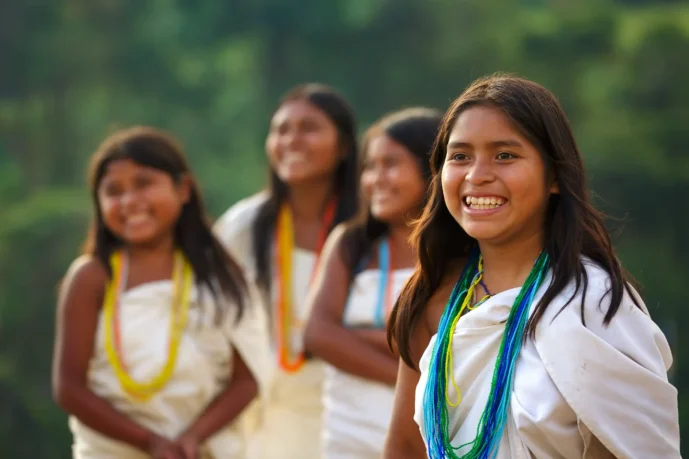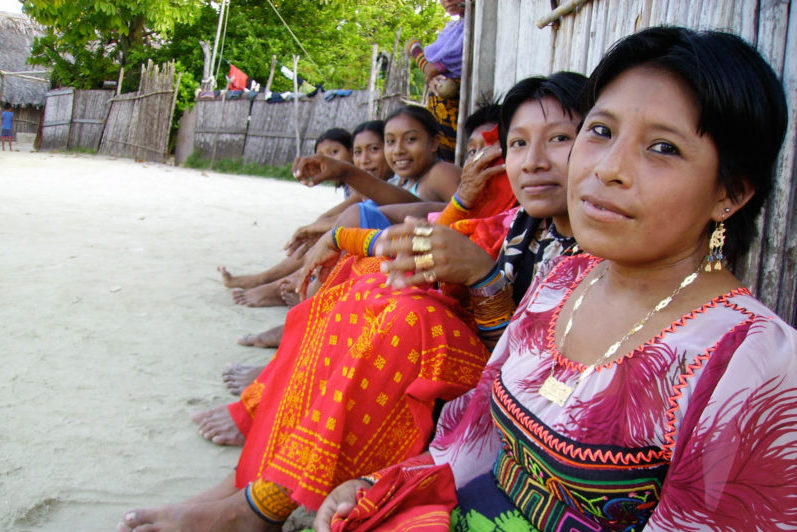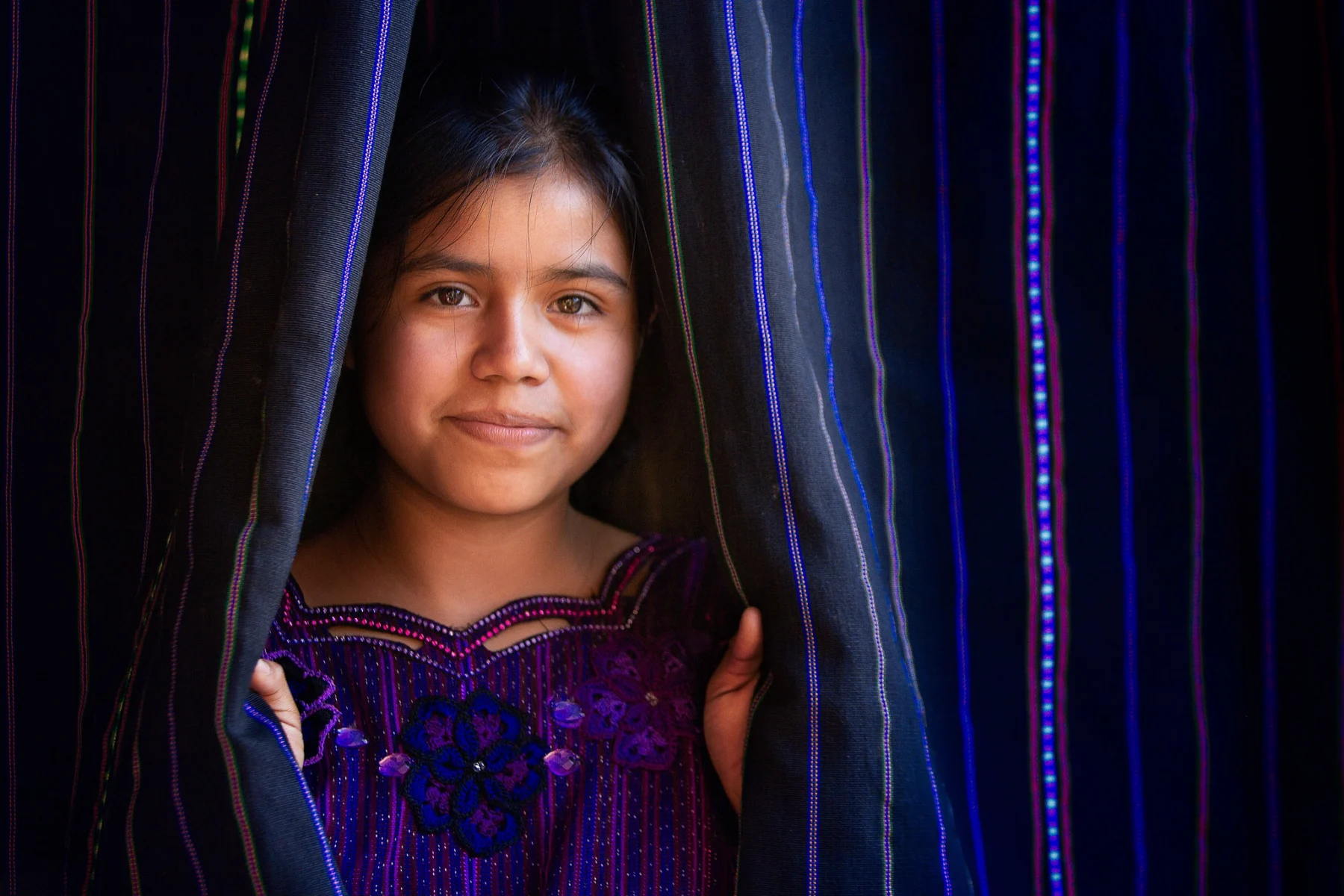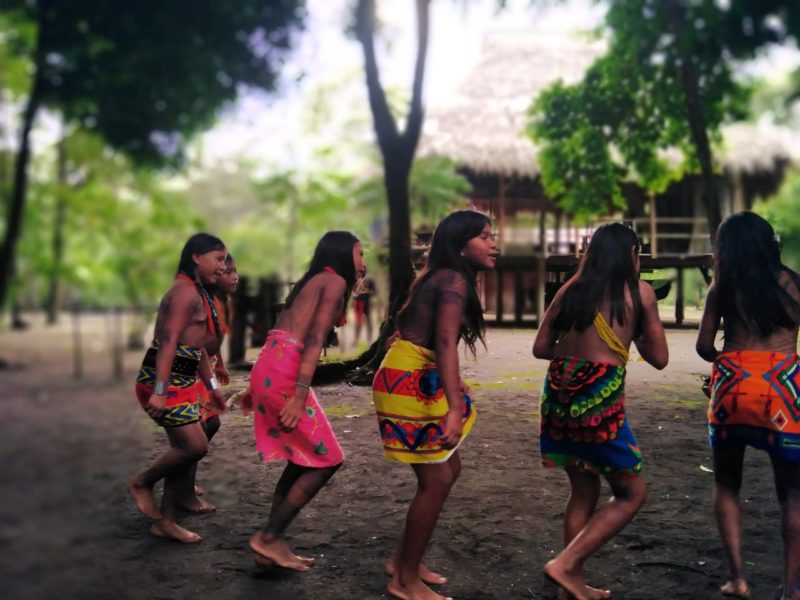10 meilleurs endroits pour rencontrer des autochtones en Amérique du Sud
Découvrez les cultures indigènes d'Amérique du Sud dans les lieux suivants

South America is a continent rich in cultural diversity and home to numerous indigenous and pre-Colombian communities. These communities have preserved their unique traditions, languages, and ways of life for centuries, offering a fascinating glimpse into the region’s rich history. In this blog post, we will take you on a virtual journey through South America, highlighting the best places to meet ethnies and pre-Colombian communities, and providing valuable insights into each community’s distinct characteristics.
Les indigènes de la Sierra Nevada de Santa Marta en Colombie
The Sierra Nevada de Santa Marta, located in northern Colombia, is home to a unique and spiritually significant indigenous community. The region is known for its breathtaking natural beauty, including snow-capped peaks, lush rainforests, and pristine rivers. Within this stunning landscape reside four indigenous groups: the Kogui, Arhuaco (Ika), Wiwa, and Kankuamo. These communities have preserved their ancestral traditions, making the Sierra Nevada de Santa Marta an exceptional place to immerse oneself in indigenous culture.

Le peuple Quechua au Pérou
The Quechua people are one of the most prominent indigenous communities in South America, primarily residing in Peru. They have a rich heritage that predates the Inca civilization and are known for their impressive agricultural practices and skilled craftsmanship. Visitors can meet the Quechua people in the Sacred Valley and the city of Cusco, where they maintain strong cultural traditions. Participating in traditional ceremonies, such as Inti Raymi (Festival of the Sun), and visiting local markets like Pisac will provide a deep appreciation for their vibrant culture.

Le Kuna au Panama
Dans le vibrant pays du Panama, le peuple Kuna, également connu sous le nom de Guna, est une communauté indigène dotée d'un riche patrimoine culturel. Les Kuna habitent les îles San Blas et les zones côtières environnantes dans le nord-est du Panama. Ils sont connus pour leurs vêtements distinctifs, leur artisanat complexe et leur fort sentiment d'identité culturelle. L'exploration de la région de Kuna Yala est l'occasion de découvrir leur mode de vie unique et de s'imprégner de leurs coutumes et de leurs traditions.

Les Mayas au Guatemala
Le Guatemala, pays connu pour ses paysages époustouflants et sa culture indigène dynamique, abrite une importante population maya. La civilisation maya a une riche histoire qui s'étend sur des milliers d'années, et leurs descendants continuent à maintenir leurs traditions et pratiques culturelles jusqu'à aujourd'hui. L'exploration du Guatemala offre une occasion unique d'entrer en contact avec les communautés mayas modernes et de mieux comprendre leur héritage ancestral.

The Emberá People in Colombia and Panama
The Emberá people are indigenous to the rainforests of Colombia and Panama, living in harmony with the natural environment. Known for their exceptional craftsmanship, particularly in basket weaving, the Emberá communities welcome visitors who wish to immerse themselves in their culture. Travelers can arrange tours to Emberá villages, such as the village of Emberá Quera in Colombia’s Chocó region or the Emberá Drua community in Panama’s Darien province. These experiences often include traditional dances, storytelling, and insight into their sustainable way of life.

Le peuple Wayuu à Guajira, Colombie
The Wayuu people are one of the largest indigenous groups in Colombia, primarily residing in the Guajira Peninsula, a region that straddles the border between Colombia and Venezuela. The Wayuu have a rich cultural heritage and are known for their strong sense of identity, vibrant artwork, and intricate weaving traditions. Exploring the Guajira Peninsula provides a unique opportunity to immerse oneself in Wayuu culture and witness their resilient way of life.

Le peuple aymara en Bolivie
The Aymara people are another significant indigenous group in South America, with their roots in Bolivia. Their traditional homeland extends across the Altiplano region, including Lake Titicaca, the world’s highest navigable lake. The Aymara are known for their distinctive clothing, intricate textile weaving, and farming techniques that have allowed them to thrive in challenging high-altitude environments. Visitors to Bolivia can explore the Aymara culture by visiting the cities of La Paz and Oruro or venturing to the Isla del Sol (Island of the Sun) in Lake Titicaca, where they can engage with local communities and witness traditional rituals.

Le peuple mapuche au Chili
Le peuple mapuche est le plus grand groupe indigène du Chili, connu pour sa résistance et son lien étroit avec la terre. Leur territoire ancestral s'étend au centre et au sud du Chili, où ils ont préservé leur langue, le mapudungun, et leurs traditions culturelles. Pour découvrir leur culture vivante, les voyageurs peuvent visiter la ville de Temuco, qui sert de porte d'entrée aux communautés mapuches. En outre, la découverte de la région des lacs et du parc national de Villarrica permet d'assister à des cérémonies traditionnelles mapuches, de goûter à leur cuisine authentique et d'acheter des objets d'artisanat uniques.
Le peuple Guarani au Paraguay
The Guarani people have a significant presence in Paraguay, as well as parts of Brazil, Argentina, and Bolivia. They have a deep spiritual connection to the natural world and are renowned for their extensive knowledge of medicinal plants. Travelers can learn about Guarani culture by visiting indigenous communities in Paraguay’s Gran Chaco region or the Misiones department. Engaging in activities such as traditional storytelling, experiencing their music and dance, and participating in crafts workshops will provide a holistic understanding of their way of life.
Le peuple Yanomami au Brésil et au Venezuela
Les Yanomami vivent dans la dense forêt amazonienne, à cheval sur la frontière entre le Brésil et le Venezuela. Ils constituent l'un des plus grands groupes indigènes de la région et vivent dans de petits villages isolés. Pour rencontrer les Yanomami, les voyageurs peuvent embarquer pour une expédition dans la jungle amazonienne, guidée par des opérateurs locaux compétents. Une interaction respectueuse avec les Yanomami est cruciale, car ils ont connu des difficultés considérables en raison de l'empiètement sur leurs terres. Comprendre leur mode de vie communautaire, leurs pratiques traditionnelles et leur lien profond avec la forêt tropicale favorisera l'appréciation culturelle et la sensibilisation à l'environnement.
Conclusion
South America offers a multitude of opportunities to connect with and learn from its diverse indigenous and pre-Colombian communities. By engaging in respectful and culturally sensitive interactions, travelers can gain a deeper appreciation for the rich heritage and traditions these communities uphold. Whether it’s exploring the vibrant markets of the Quechua people in Peru or venturing deep into the Amazon rainforest to meet the Yanomami, each encounter promises a profound and enlightening experience. Embrace the chance to expand your horizons and create lasting memories as you explore the fascinating cultures of South America’s ethnies and pre-Colombian communities.